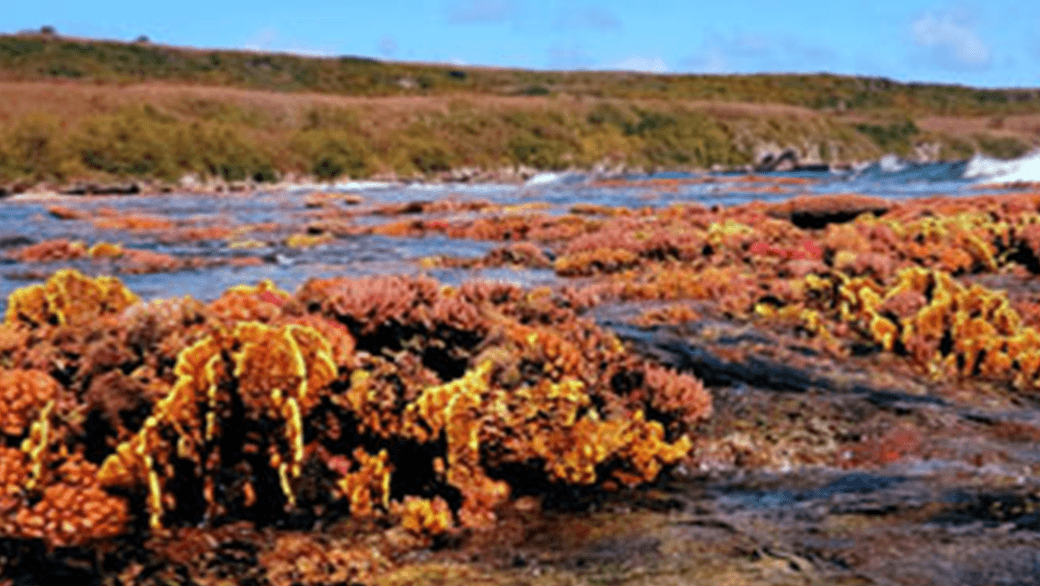NOAA oceanographers traveled to Saipan this spring to refurbish the Coral Reef Early Warning System (CREWS) station in Lao Lao Bay and conduct site surveys for the potential location of a moored autonomous pCO2 (MApCO2) buoy. Staff from the Pacific Islands Ocean Observing System (PacIOOS) program in Honolulu joined them during the site visit hosted by the Division of Environmental Quality (DEQ) of the Commonwealth of the Northern Mariana Islands (CNMI).
NOAA is currently implementing its National Coral Reef Monitoring Plan, which calls for sustained monitoring of climate, biological, and socio-economic metrics at all U.S. coral reefs. As part of the plan, three sentinel sites in the Atlantic and Pacific basins are to be established for high resolution monitoring of climate change variables such as temperature and carbon dioxide. Researchers identified Saipan as a potential candidate for one of the Pacific sentinel sites based on the successful installation of the CREWS pylon in 2011 and the ongoing relationship between DEQ, AOML, and other groups.
Over a two-week period, work on the two projects proceeded in tandem. CNMI personnel performed all of the refurbishment efforts on the upper portion of the CREWS station with guidance, as needed, from the AOML team, while AOML and PacIOOS divers deployed the underwater sensors and secured their cables.
The MApCO2 team arrived in Saipan with the hope of finding the optimal buoy site close to the CREWS station in Lao Lao Bay. Somewhat to their surprise, however, Sugar Dock emerged as the most favorable buoy deployment site due to its almost year-round accessibility and freedom from issues that might interfere with ocean acidification monitoring such as groundwater, runoff, and sedimentation.
While no final decisions have yet been made about the MApCO2 buoy placement, the team departed Saipan having met with many of the key people in CNMI and having learned a great deal about the ongoing data collection efforts at these sites for the past many years. The AOML team thanks all of their collaborators in these two projects.
